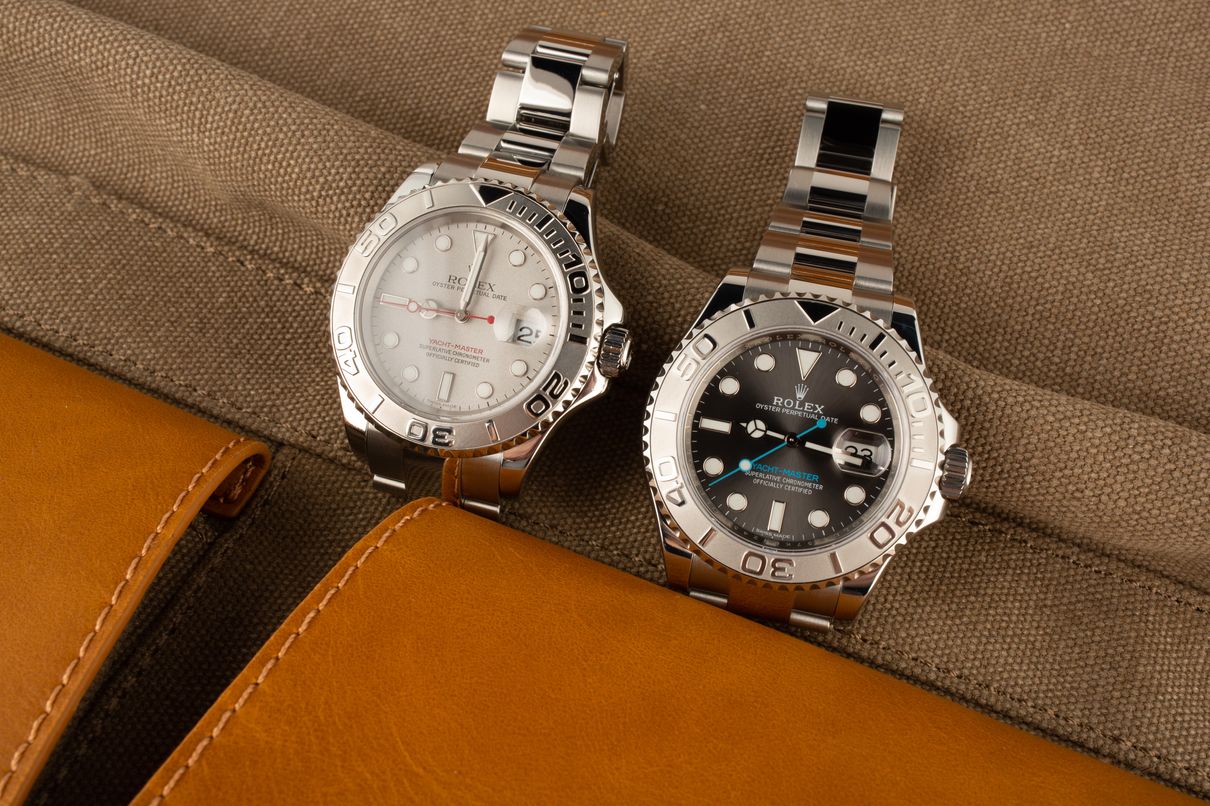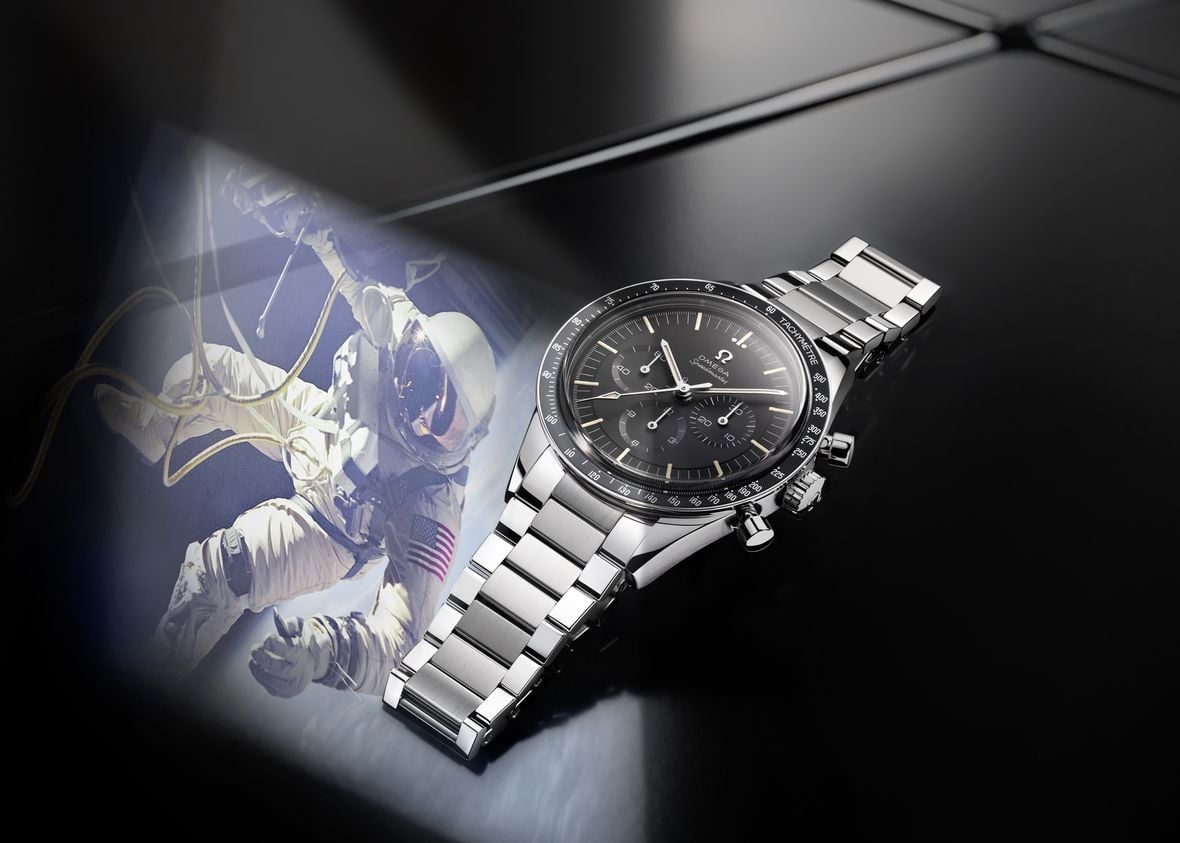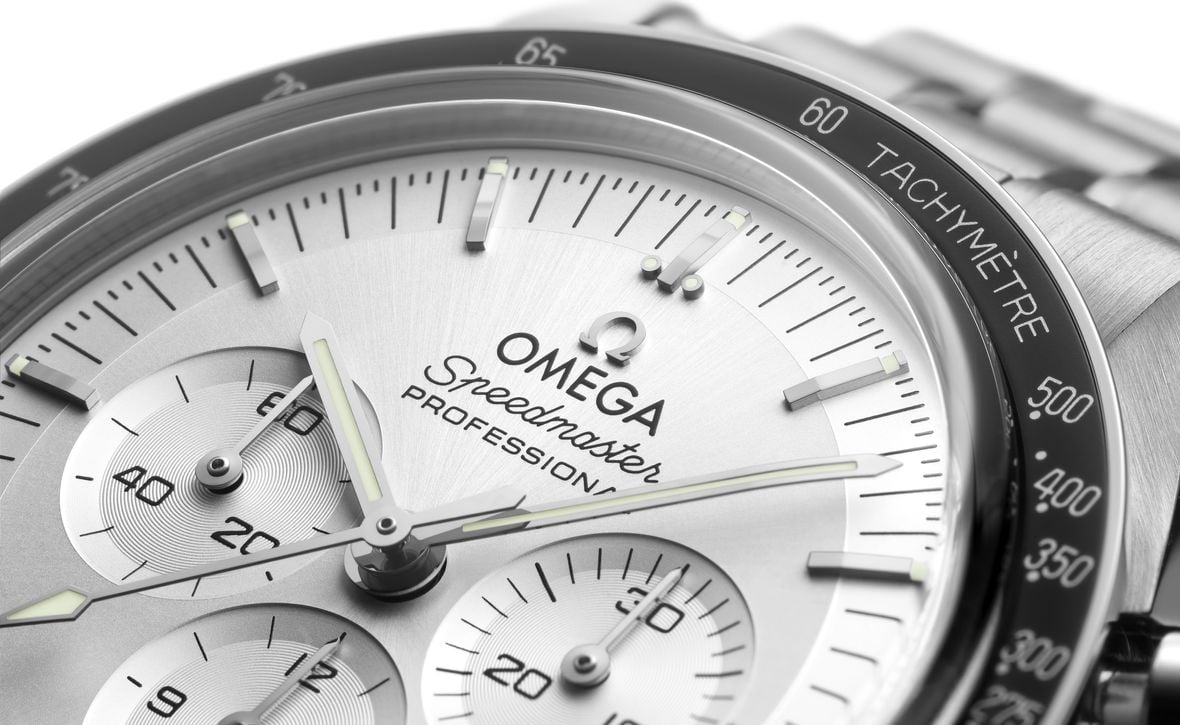The Rolex Datejust has been the perfect t-shirt-to-tuxedo, one-watch-for-every-occasion choice for generations now. Immaculately engineered and aesthetically timeless, if you needed something to wear as both an everyday beater and elegant companion during those more formal times, its all-around versatility often made it the first and last stop in the search.
However, more recently, Omega’s resurgent collection has been banging on Rolex’s door, with an output designed to go toe-to-toe with everything the crown has on offer. So, where the Seamaster Diver 300M has long taken direct aim at the Submariner, and the Speedmaster and Daytona have gone head-to-head for decades, the Omega Aqua Terra has been gunning for the Rolex Datejust since it was first introduced in 2003.
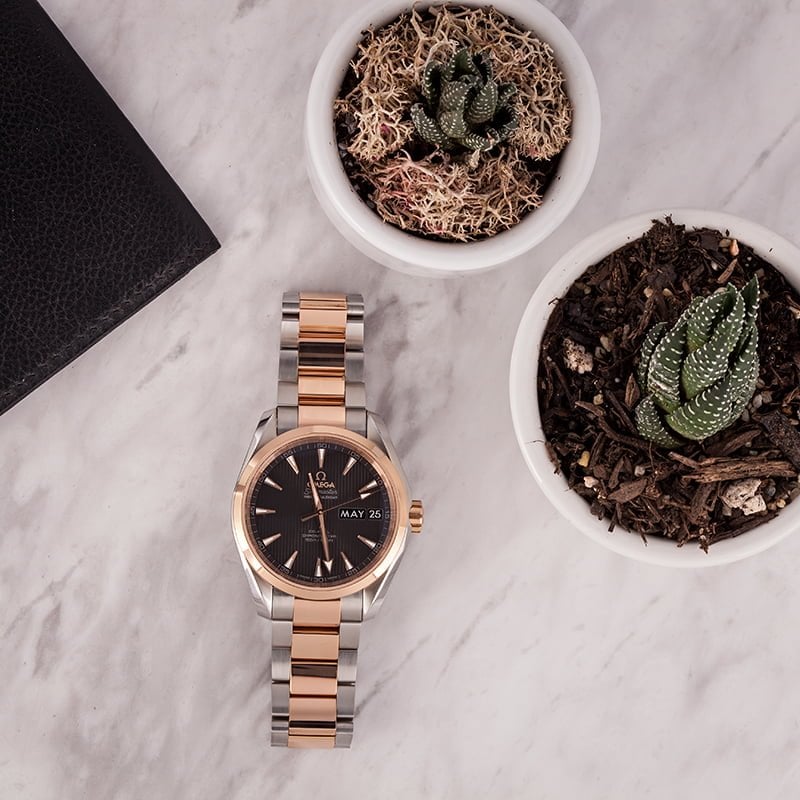
Rolex Datejust vs. Omega Aqua Terra: History
In fairness, the comparative legacy between these two is a bit of a no-contest. The Rolex Datejust was created in 1945 to celebrate the brand’s 40th year in business and was the first self-winding, waterproof watch ever made to display a date function. It has been in unceasing production ever since, its mechanics ever-evolving, even if its styling has stayed largely consistent. The Aqua Terra is less than 20-years old but has already been through several upgrades, finding its feet as Omega makes significant strides to bring the entirety of their movement manufacturing in-house.
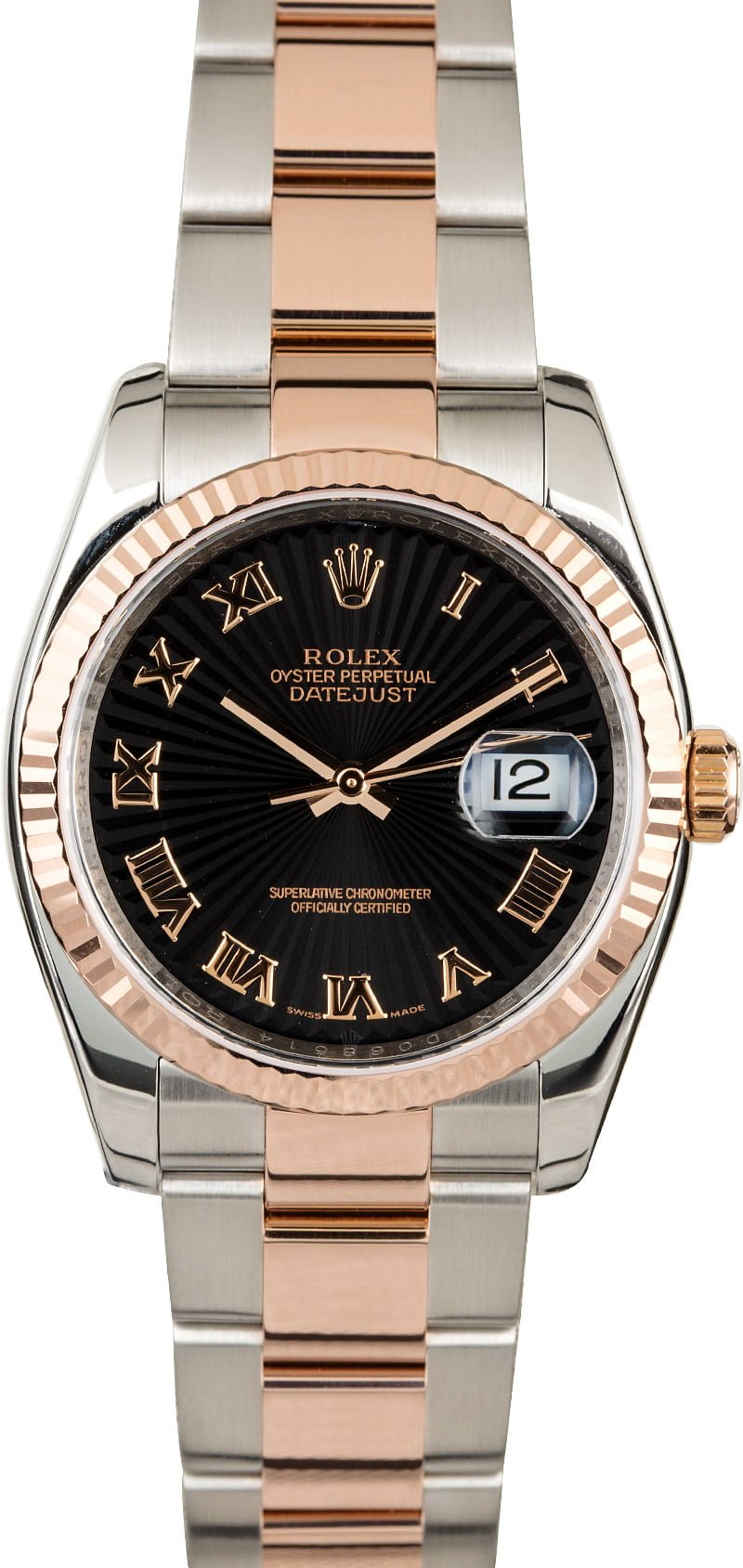
Today, both collections could be described as extensive. The Datejust portfolio covers a total of five different sizes (including the 28mm Lady-Datejust, along with those in 31mm, 34mm, 36mm and 41mm), available in 904L Oystersteel, three flavors of gold or a mix of the two known as Rolesor. The Aqua Terra series numbers around 80 or so, and contains 34mm examples, men’s and women’s 38mm and full-size 41mm pieces. There are also some 28mm quartz ladies models, curiously with no date feature. Again, you can choose from steel or gold cases; however, with Omega, the steel is 316L and red gold is the only option. There are two-tone steel/red gold blends too, and titanium is another, albeit highly expensive, choice. Unlike the studiedly minimalist Rolex Datejust, there are Omega Aqua Terra watches with a variety of complications, including some attractive GMT and chronograph additions, along with an impressive world timer.
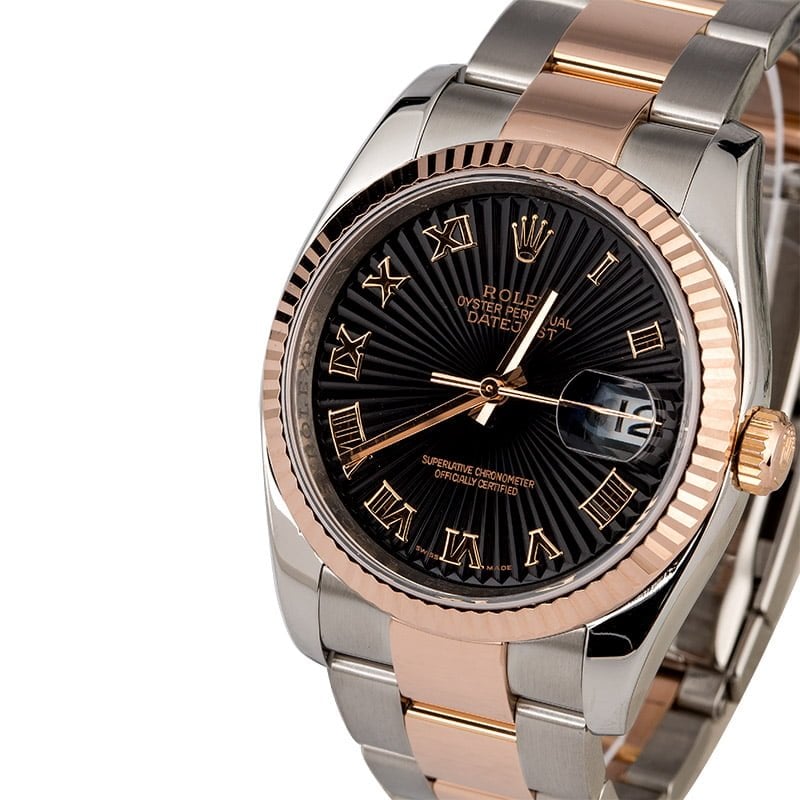
Datejust vs. Aqua Terra Styling
One of the Datejust’s biggest selling points has always been the sheer scale of its options list. As well as the different sizes and metal selections, bezels can be either smooth, fluted or even gem-set. Dials are issued in every color of the rainbow, many crafted from exotic materials like mother-of-pearl or malachite, or in some cases with a full diamond pavé. Similarly, the larger models are given either the intricate five-link Jubilee or the more tool-like three-link Oyster bracelet, and the smallest two sizes add the beautiful President band, each one imparting its own personality to the watch as a whole. Among all the Rolex watches, the Datejust is easily the most diverse; basically, if you can’t find a Datejust to perfectly match your individual tastes, chances are you’re not looking hard enough.
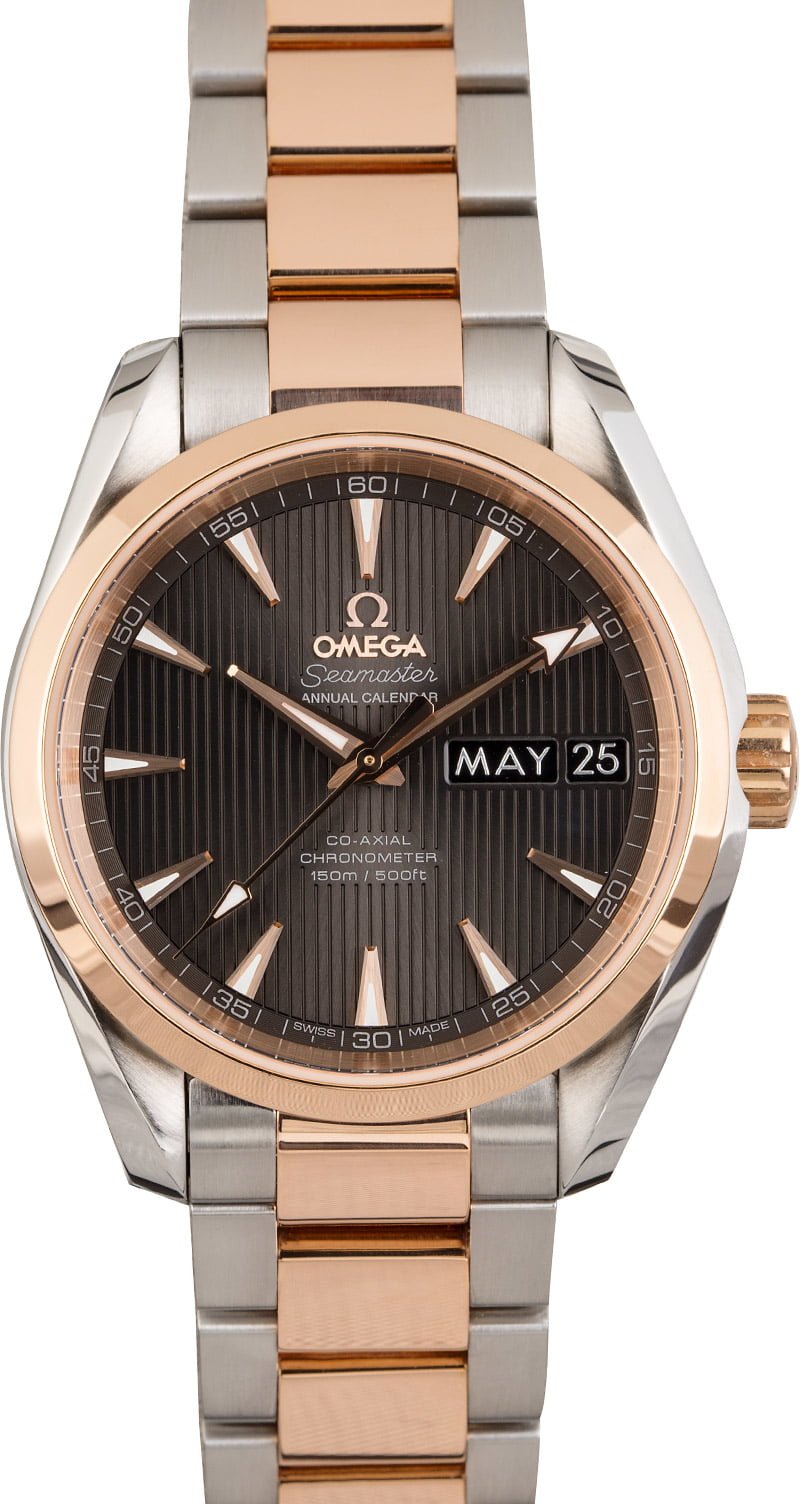
As for the Aqua Terra, there are no fluted surrounds anywhere to be seen, with the vast majority given a polished bezel, or occasionally one set with precious stones on ladies watches. Likewise, the dial range isn’t quite as far-reaching, but the majority achieve an attractive coherence with their horizontal etched striping reminiscent of a yacht’s teak decking. The cases are also given a handsome twist, literally in fact, with the lyre lugs a welcome nod to vintage Omega watches from the brand’s past.
In terms of overall legibility, you would be hard-pressed to find a winner. Both brands utilize the available space wisely and hands and indexes are chosen to offer good contrast against whichever dial color is in use. You might actually argue that the Aqua Terra is the more readable of the two for one reason; its date window. Sitting at the six o’clock, as opposed to at the three o’clock on the Datejust, it doesn’t use a magnifying lens as Rolex has since the 1950s. Opponents have long criticized the Cyclops for throwing off the symmetry and clarity of the dial, but there’s no doubt that it makes it easier to see the numeral underneath. Ultimately this comes down to personal preference. Additionally, Omega offers a far more diverse range of straps and bracelets with the Aqua Terra. While there is only one metal type, a three-link version very similar to Rolex’s Oyster, the Omega Aqua Terra series also offers a slew of leather, rubber, and NATO straps, giving a more sporty aspect to the collection.
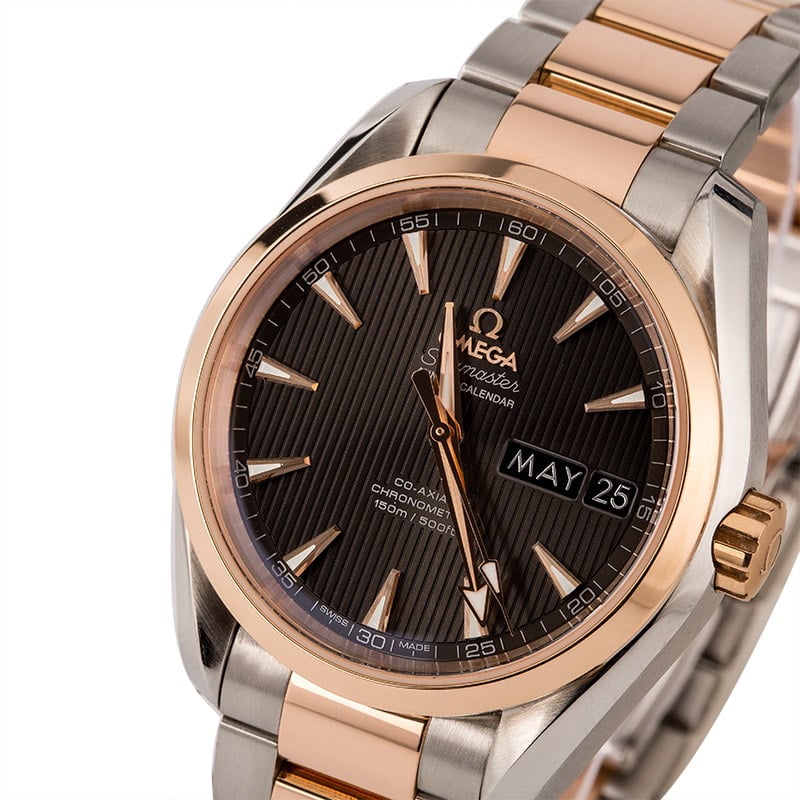
Rolex vs. Omega Movements
With the range of different case sizes, there are a number of movements in play across the Aqua Terra and Datejust collections, so as an indicator as to where both brands are headed it is easier to look at the top-of-the-line calibers from each. The latest versions of the Rolex Datejust use the brand’s next-generation, in-house Cal. 3235, released in 2015. Protected by 14 patents, it houses the Chronergy escapement, a major reworking of the traditional Swiss lever mechanism which is reportedly 15% more efficient. The movement as a whole has improved magnetic resistance and benefits from a 70-hour power reserve as well as Rolex’s own Superlative Chronometer certification for accuracy, rated to within -2/+2 seconds a day.
As for the comparable offering from Omega, inside the 41mm Aqua Terra 150m sits the Co-Axial Master Chronometer Caliber 8900. Another in-house creation, it may lose 10-hours of power reserve to the Rolex, but it has a guaranteed resistance to electromagnetic fields of 15,000 Gauss. For all intents and purposes, that makes the Aqua Terra completely antimagnetic. On top of that, the Co-Axial escapement is considered perhaps the most important step forward in watch mechanics of the 20th century, and the 8900 holds the METAS Master Chronometer grade of between 0/+5 seconds a day. In the real world, that leaves us with two of the most superbly accurate and resilient mass-produced movements currently on the market, both good enough to earn 5-year warranties from their respective brands.
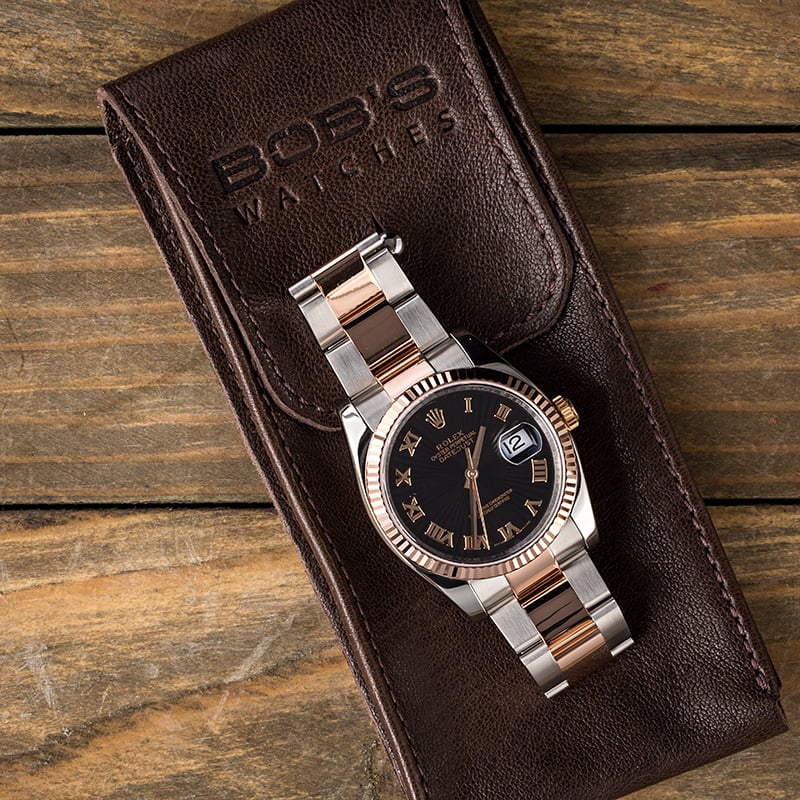
Dial Legibility
The Aqua Terra’s black dial boasts a unique teak decking pattern, lending depth and elegance to its design, distinctly more formal than its colorful counterparts. Influenced by the vintage 1952 Seamaster Calendar, the date window at 6 o’clock integrates seamlessly into the black dial. This watch features triangular indices and Broad Arrow hands, both enhanced with Super-LumiNova for better visibility. However, its polished rhodium-plated hands sometimes blend into the dial, affecting legibility.
Conversely, the Datejust’s blue dial offers excellent readability under various conditions. Gold hour markers and baton hands are coated with Rolex’s special luminescent material, emitting a lasting blue glow. The date window at 3 o’clock, a signature feature, includes a Cyclops lens for easier reading. Overall, both watches exhibit a blend of traditional elegance and modern functionality, each with its unique aesthetic appeal. The Aqua Terra and Datejust represent their respective brands’ commitment to combining style with practicality. While each has distinct features, they share a dedication to precision and craftsmanship in watchmaking.
Price and Availability
If there is one massive bugbear among potential Rolex buyers, it is the lack of availability for many of the brand’s most desirable watches. Stainless steel sports models are like hen’s teeth at Authorized Dealers, and waiting lists are often extraordinary. However, the Rolex Datejust has rarely suffered the same problem and chances are very good of being able to source one through an official retailer with no great hassle, or on the secondary market at a considerable discount. The same is true with the Aqua Terra. While the collection is vast, most models can be found readily available at dealers, and it is not likely that you will have to pay above retail price to secure one immediately on the secondary market.
Prices for both the Rolex Datejust and the Omega Aqua Terra can range drastically depending on the specific model; however, (generally speaking) the Rolex Datejust is on average a couple of thousand dollars more expensive than the Aqua Terra (for comparable models). It is a relatively big gap in price, and considering how close both watches are when looking at performance and build quality, this price difference makes the Omega excellent value for money. However, with regards to factors like general versatility, brand recognition, and legacy, most in the collecting community would probably side with the Datejust. In the end, the two manufacturers have rarely been closer in their respective output and either model would make the ideal ‘one good watch’ intended to last a lifetime and then some.


